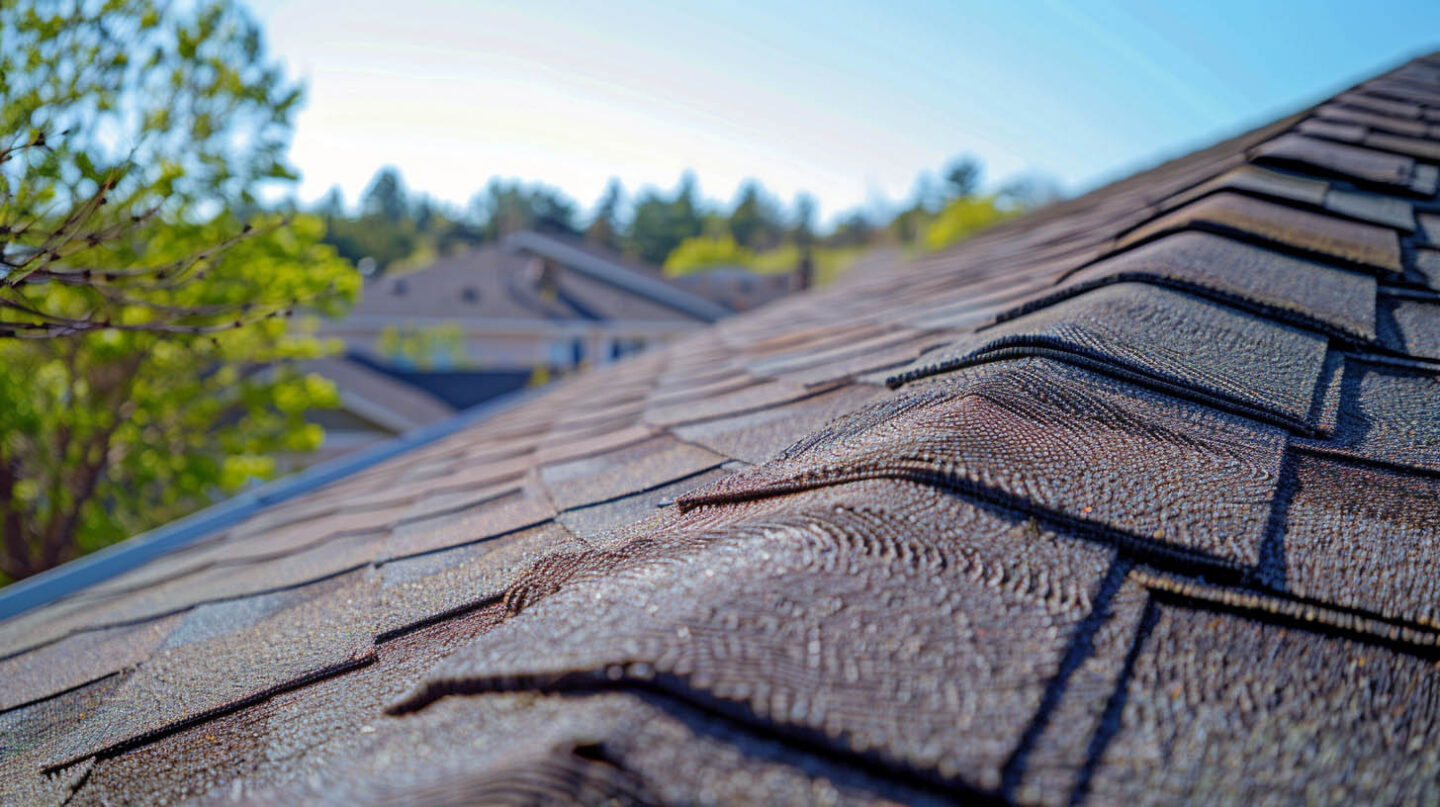When you look at your roof, you probably notice the shingles first. However, one of the most critical components for protecting your home from water is the roof valley. This is where two roof slopes join, and it handles a large volume of water runoff. The way this area is constructed can make a huge difference in your roof’s performance. At The Shingle Master, we pride ourselves on being your trusted local roofing contractor in Clayton, NC. Our team is dedicated to helping you understand the two main styles—closed-cut and woven valleys—so you can make an informed decision about your roofing material and design.
Understanding Roof Valleys
Roof valleys are critical components in roofing systems where two slopes converge, channeling water runoff effectively. The choice of valley installation method significantly impacts the performance and longevity of the roof. Various types of roof valleys, including closed-cut and woven designs, cater to different aesthetic and functional needs. Understanding how these valleys manage rainwater is essential for choosing the right option. Proper installation and maintenance can minimize the risk of leaks and water damage, protecting the longevity of your roofing investment.
What Is a Roof Valley and Why Does It Matter?
A roof valley is the internal angle formed where two sloping roofs meet. It plays a critical role in directing rainwater off the roof and preventing leaks. Understanding its importance helps in selecting the right roofing style for effective water drainage and overall roof performance.
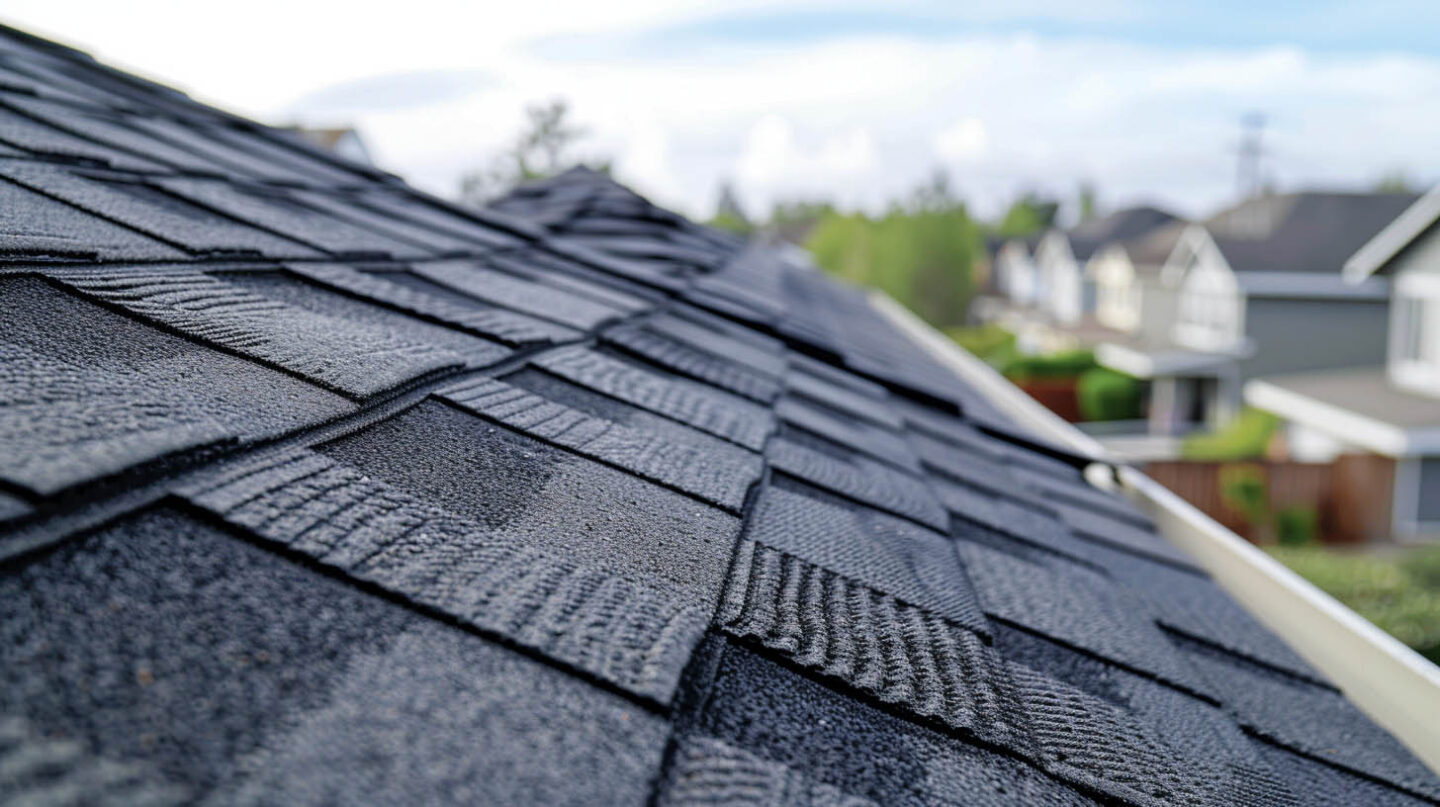
Importance of Selecting the Right Valley Style
Choosing the appropriate valley installation method is crucial for optimal performance and longevity of your roof. Different types of roof valleys, such as closed-cut and woven, may significantly affect water runoff, enhancing durability against extreme weather conditions. The selected style not only impacts aesthetic appeal but also influences factors such as leak protection and maintenance needs. Engaging a qualified roofing contractor can provide insights into the best choice, aligning with personal preferences and the unique requirements of your roofing system.
Closed-Cut Roof Valleys Explained
The closed-cut roof valley presents a unique installation method where shingles from each side of the valley meet, enhancing the overall aesthetic appeal. Properly executed, this type of valley ensures effective water runoff, reducing the risk of leaks during heavy rainfall. The construction process typically incorporates metal flashing, which forms a barrier against water infiltration, extending the lifespan of your roof. Homeowners appreciate its durability and compatibility with common roofing materials such as asphalt shingles, making it a popular choice in many applications.
Construction Process of Closed-Cut Valleys
Creating closed-cut valleys involves a meticulous installation method that prioritizes the integrity of the roof. First, the roofing contractor carefully cuts the shingles to create a defined angle along the sides of the valley, enabling seamless integration with the roofing material. Next, metal flashing is installed to enhance water runoff efficiency, mitigating the risk of leaks during heavy rainfall. This process not only optimizes water infiltration but also ensures a durable structure that can withstand the demands of various weather conditions.
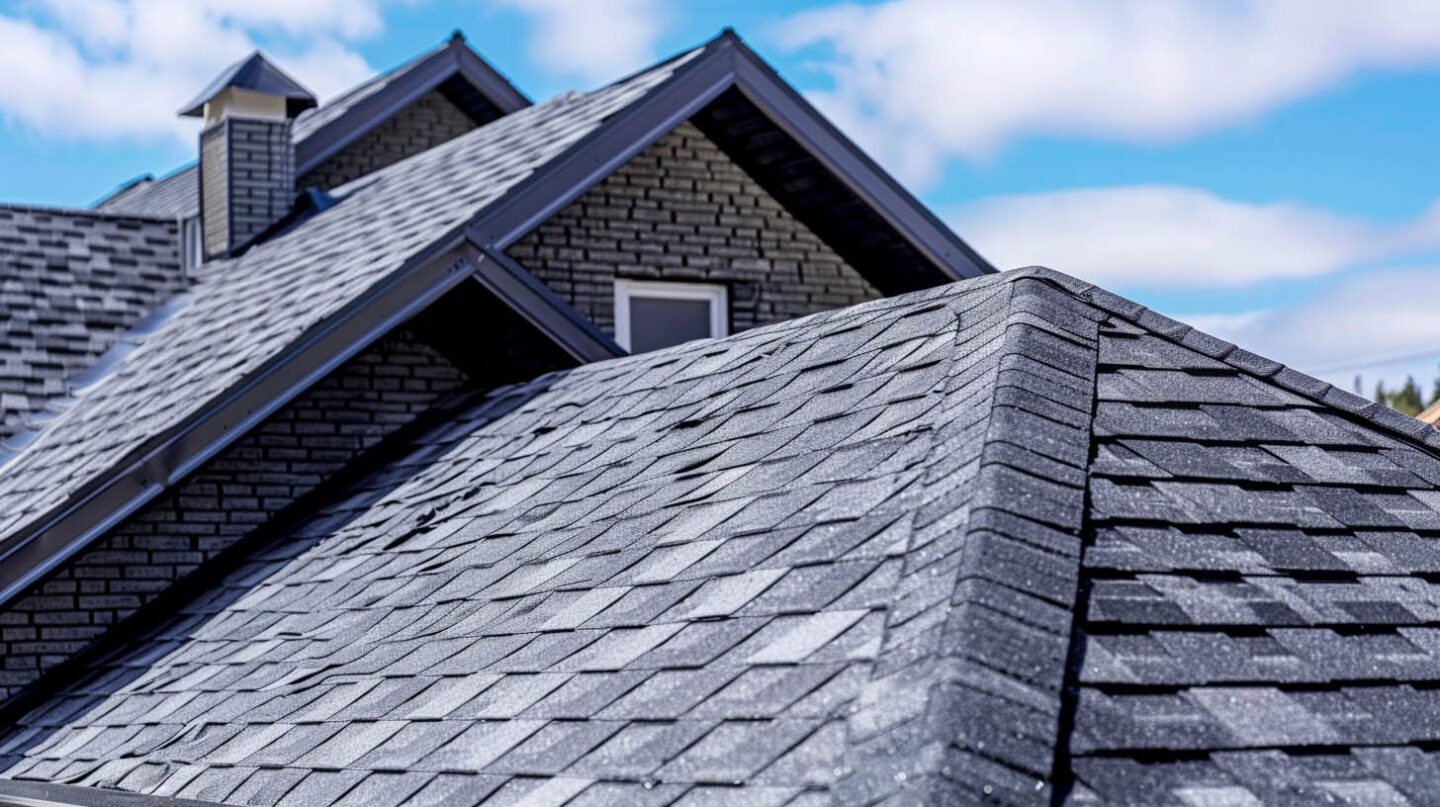
Key Benefits of Closed-Cut Valleys
A closed-cut valley installation method offers several advantages that make it a popular choice among homeowners. It effectively prevents water infiltration, thereby reducing the risk of leaks during heavy rainfall. This type of roof valley integrates seamlessly with asphalt shingles, providing an aesthetic appeal that enhances the overall look of your roof. Additionally, closed-cut valleys typically require less maintenance, translating into a longer lifespan for your roof and increased durability over time, especially in areas prone to severe weather conditions.
Common Challenges and Considerations
Selecting a roof valley installation method can come with its own set of challenges. The risk of leaks can significantly increase if flashing is improperly applied or if the roofing material is not suited for local rain patterns. Homeowners must consider the aesthetics, especially how the style matches with asphalt shingles and overall roof slopes. Additionally, the performance of each valley type during heavy rainfall warrants attention, as water runoff is critical to avoiding water damage and extending the lifespan of your roof.
Woven Roof Valleys Explained
Woven roof valleys utilize a distinct installation method where shingles from adjacent slopes intertwine at the valley, creating a seamless transition. This technique enhances aesthetic appeal and is often favored for its attractive finish. Furthermore, woven valleys can effectively manage water flow, directing rainwater into the gutters without the risk of water infiltration between layered shingles. However, maintenance is crucial, especially in regions prone to heavy rainfall, as the longevity and durability of woven valleys can be compromised over time.
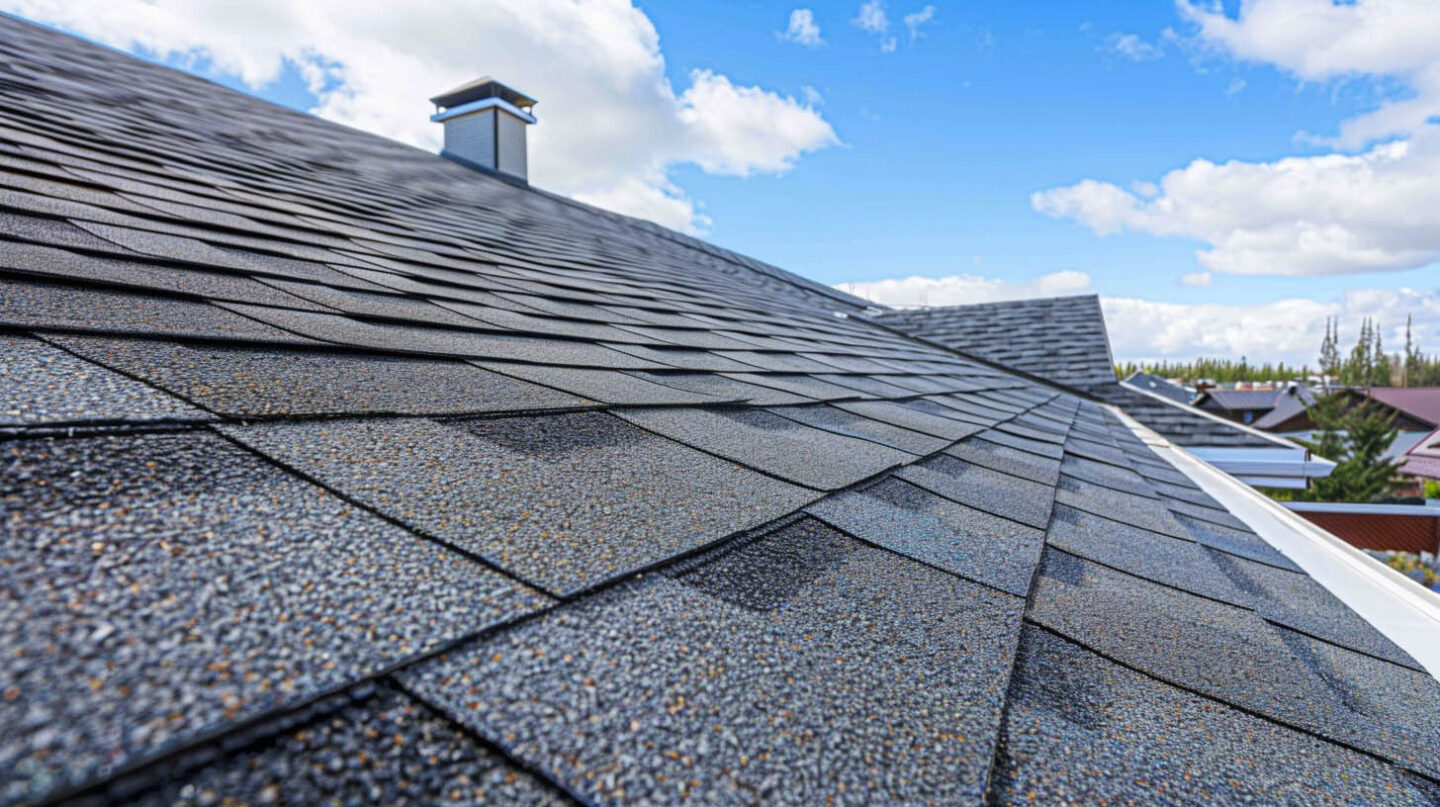
How Woven Valleys Are Installed
The installation of woven valleys involves a meticulous layering technique where shingles from both sides of the valley overlap. This method ensures effective water runoff while minimizing the risk of leaks. A roofing contractor will typically begin by installing metal flashing to provide additional protection against water infiltration. Proper alignment is crucial to facilitate rainwater flow, particularly in heavy rainfall scenarios. By carefully managing how the different roofing materials come together, a woven valley enhances both functionality and aesthetic appeal.
Strengths and Limitations of Woven Valleys
A woven valley, or woven roof valley, provides an appealing transition where roof slopes meet, creating an aesthetically pleasing appearance. The valley installation method allows for efficient water runoff, utilizing the overlapping asphalt shingles to minimize water infiltration during heavy rainfall. However, this type of valley may be more prone to leaks if not properly constructed, especially without adequate roof valley flashing. Overall, homeowners should weigh these benefits against potential disadvantages when selecting the right option for their roofing needs.
Maintenance Needs and Performance Factors
Routine inspections are essential for preserving the functionality of any roof valley system. Closed-cut valleys generally require less frequent maintenance due to their design, which minimizes exposed seams and potential water infiltration points. However, woven valleys, while visually appealing, may demand additional upkeep to prevent debris accumulation. Factors such as the type of roofing material, specific valley installation method, and overall roof slopes significantly influence long-term performance. Homeowners should consult a qualified roofing contractor to address unique maintenance needs and optimize longevity.
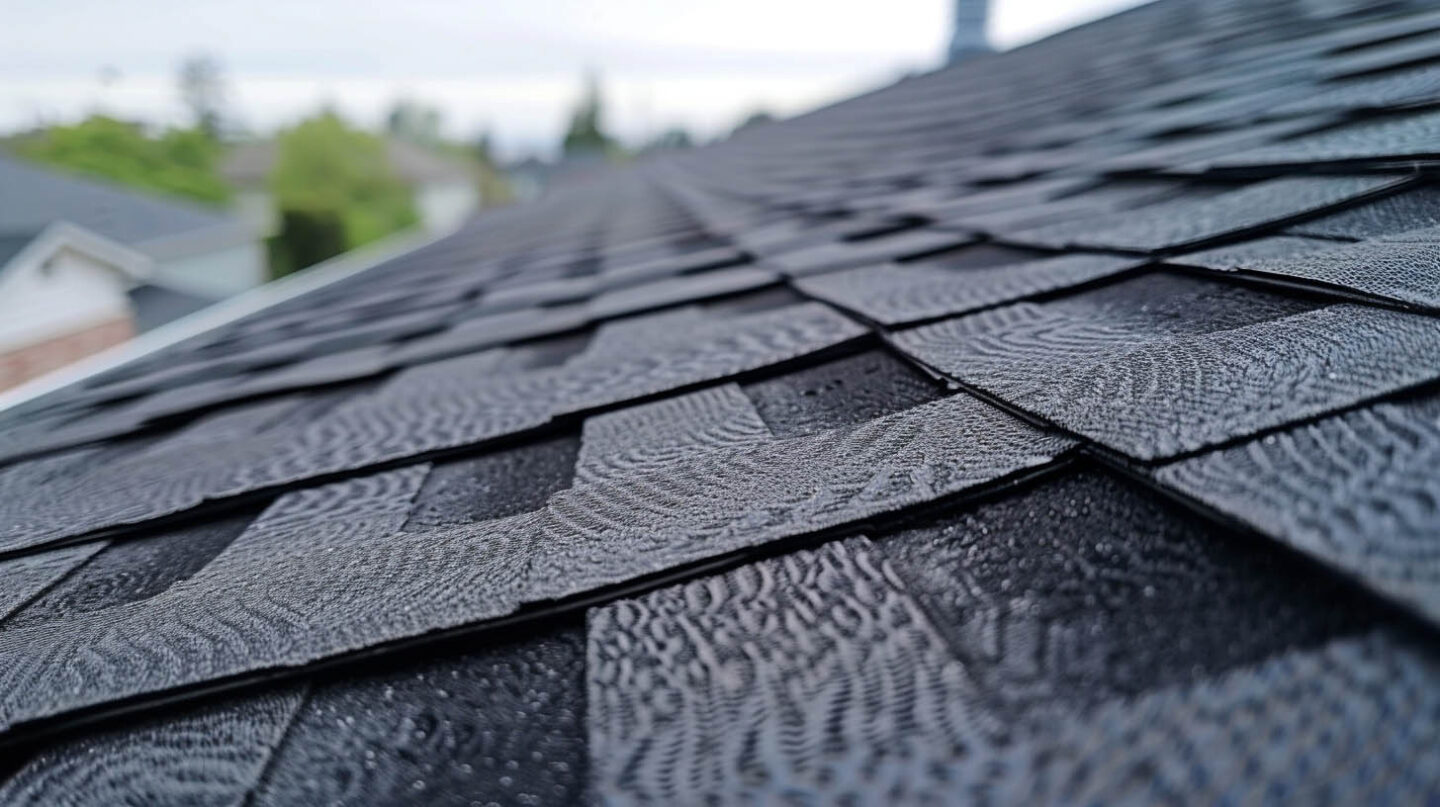
Comparing Closed-Cut vs Woven Valleys
Now that we’ve explored each style individually, let’s put them head-to-head. Choosing between a closed-cut valley and a woven valley involves weighing their differences in durability, appearance, and cost. Unlike an open valley system that relies on exposed metal, both these closed styles use shingles to protect the roof valley.
The best choice for your home will depend on your specific needs and priorities. Do you prefer a modern look or a traditional one? Are you using standard shingles or heavier architectural ones? Let’s break down the comparison to help you decide.
Durability and Leak Protection
Several factors influence the durability and leak protection of roof valleys. Closed-cut valleys, characterized by their design which allows for minimal exposure of seams, generally offer superior resistance to water infiltration. This is particularly beneficial during heavy rainfall, as it reduces the risk of leaks. Conversely, woven valleys can sometimes lead to vulnerabilities at the point where different roofing materials meet, making them less reliable in extreme weather. Homeowners must consider these aspects carefully to determine the best choice for longevity.
Appearance and Compatibility with Shingles
Aesthetics play a crucial role when considering the appearance of roof valleys, especially as they integrate with roofing materials like asphalt shingles. Closed-cut valleys offer a clean, streamlined look, providing a seamless transition between shingles, which many homeowners prefer for visual appeal. Conversely, woven valleys display a more textured appearance, showcasing the layered shingles that some find charming. Compatibility with roofing styles and colors is essential; selecting the right option can enhance your home’s overall curb appeal while ensuring effective water runoff.
Cost Differences and Roofing Professional Recommendations
Cost variations between closed-cut and woven valleys can significantly impact a homeowner’s decision. Typically, closed-cut valleys may incur higher initial costs due to the intricate installation process and the need for additional roofing materials like metal flashing. However, in the long run, they often prove to be a more durable option, justifying their price. Consulting a reputable roofing contractor for tailored recommendations ensures that factors like local climate and roof design are addressed, guiding homeowners to the most suitable choice.
Your Next Steps
Choosing between roof valley types depends on personal preference and project needs. Closed-cut valleys offer a streamlined look and good water management, while woven valleys are easier to install. Consider your roof’s slope and materials for the best choice in durability and leak protection. Hiring a qualified roofing contractor—such as one with GAF Master Elite status, BBB A+ rating, Haag Certification, an NC license, and local accolades—ensures quality installation tailored to your requirements.
Frequently Asked Questions
What is better, an open valley or a closed valley?
An open valley system with exposed metal flashing typically offers the best water flow, making it ideal for areas with heavy rain or snow. A closed roof valley offers a more seamless look and can be more cost-effective, but it may require more maintenance to keep debris from building up.
What is the most efficient roof style?
For pure water runoff efficiency, a simple gable roof with steep slopes and no valleys is the most effective style. This minimalist design gives water a direct path to the gutters, minimizing the chances of leaks and maximizing the roof’s longevity, which is a great benefit for any homeowner.
Read our blog: Line-Item Roof Estimates: What Should Be on Your Quote

